Why do high-performance cars rely on high-quality automotive suspension parts?
 2025.10.08
2025.10.08
 Industry News
Industry News
As a core component of vehicle safety and comfort, the performance of the automotive suspension system directly impacts the driving experience, handling stability, and vehicle lifespan. Within the suspension system, the quality and design of automotive suspension parts are key factors in determining the overall performance of the system. With the continuous development of the automotive industry, suspension components are moving towards higher strength, lighter weight, and intelligent technology, providing even greater performance support for modern vehicles.
Basic Structure and Classification of Automotive Suspension Components
Automotive suspension components primarily include springs, shock absorbers, connecting rods, control arms, bushings, and various support components. Springs absorb road shock, shock absorbers regulate vehicle vibration, and control arms and connecting rods ensure that the wheels maintain correct trajectory during movement. Bushings and other support components provide flexible connections between components, reducing the impact of noise and vibration on the vehicle body. Each component has stringent performance design requirements, ensuring both strength and durability while also balancing comfort and handling.
In modern automotive manufacturing, the selection of component materials and manufacturing processes is crucial. The increasing use of high-strength steel, aluminum alloy, and composite materials in suspension components not only reduces vehicle weight but also improves suspension system responsiveness and durability. Precision machining and heat treatment technologies further enhance component reliability, ensuring stable performance even under challenging operating conditions.

The Role of Suspension Components in Vehicle Performance
Automotive suspension components not only determine vehicle comfort but also directly impact handling and safety. The suspension system absorbs and distributes road impact, ensuring consistent wheel contact with the ground, thereby enhancing braking performance, steering precision, and vehicle stability. High-quality suspension components effectively reduce vehicle body pitch and sway during high-speed driving or sharp cornering, enhancing passenger safety and driving confidence.
The durability and reliability of suspension components also significantly impact vehicle maintenance costs. Long-life components reduce the need for frequent replacement and repairs, while also reducing safety risks associated with suspension failures. With the development of new energy vehicles and autonomous vehicles, the importance of the suspension system to overall vehicle performance has become even more pronounced, requiring components to exhibit higher levels of precision and adaptability.
Technological Innovation and Intelligent Trends
As the automotive industry moves toward intelligent and electrified driving, the design and manufacturing of suspension components are also undergoing continuous innovation. The rise of electronically controlled suspension systems has given traditional mechanical suspension an intelligent upgrade. Through sensors and control units, they enable real-time adjustments, improving the vehicle's adaptability to diverse road conditions. Intelligent suspension systems rely on high-precision component design to ensure stable performance under high-frequency vibrations and extreme operating conditions.
At the same time, the application of lightweight materials and composite structures has created new opportunities for suspension components. Through material optimization and structural design, components not only reduce weight but also improve fatigue resistance and wear resistance. This is particularly important for new energy vehicles, as reduced vehicle weight directly impacts range and fuel efficiency.
Suspension Component Industry Development and Market Trends
The global automotive market continues to see growing demand for high-performance suspension components, particularly in SUVs, high-performance sedans, and new energy vehicles. As consumers prioritize ride comfort and handling, component manufacturers are increasing their R&D investment to meet diverse market demands. Material technology, precision manufacturing, surface treatment, and intelligent control have become core competitive elements in the industry.
In terms of supply chain management, the manufacturing of automotive suspension components involves multiple processes, including precision casting, stamping, welding, and surface treatment. Each step directly impacts the performance of the final product. High-quality component production relies not only on advanced equipment but also on a rigorous quality inspection system to ensure the reliability of the vehicle's suspension system under real-world road conditions.

Automotive suspension parts play an irreplaceable and core role in vehicle performance. They not only contribute to vehicle comfort and safety but also serve as a crucial vehicle for technological innovation in modern automobiles. With the continued advancement of intelligent, lightweight, and high-strength materials, the development of suspension components will continue to drive progress in the automotive industry. Manufacturers' continuous breakthroughs in materials, processes, design, and intelligence are providing the market with higher-performing, more reliable products and a superior driving experience for consumers.
In the future, technological innovation and industry optimization in suspension components will become a key driving force for the development of the automotive industry. Their value will be reflected not only in the performance of individual components but also in the overall improvement of vehicle performance and user experience.
 EN
EN  English
English Español
Español


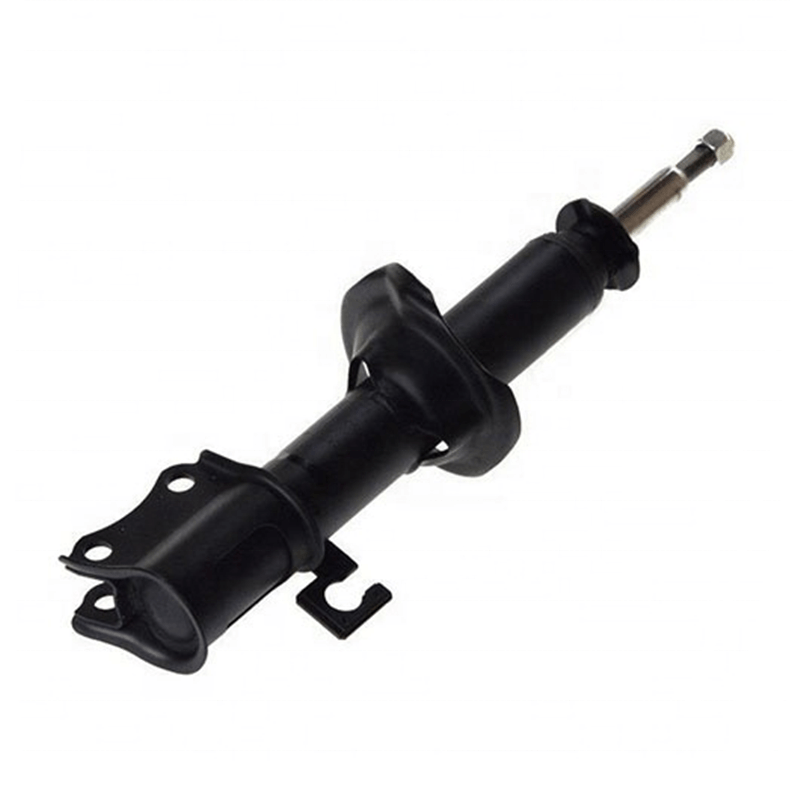
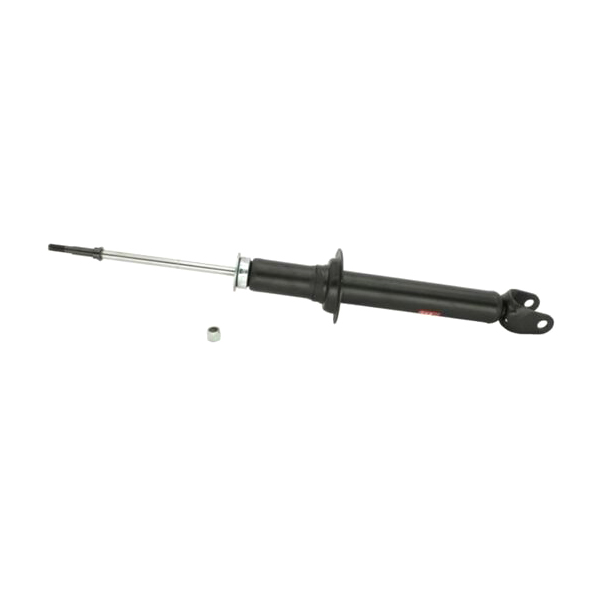
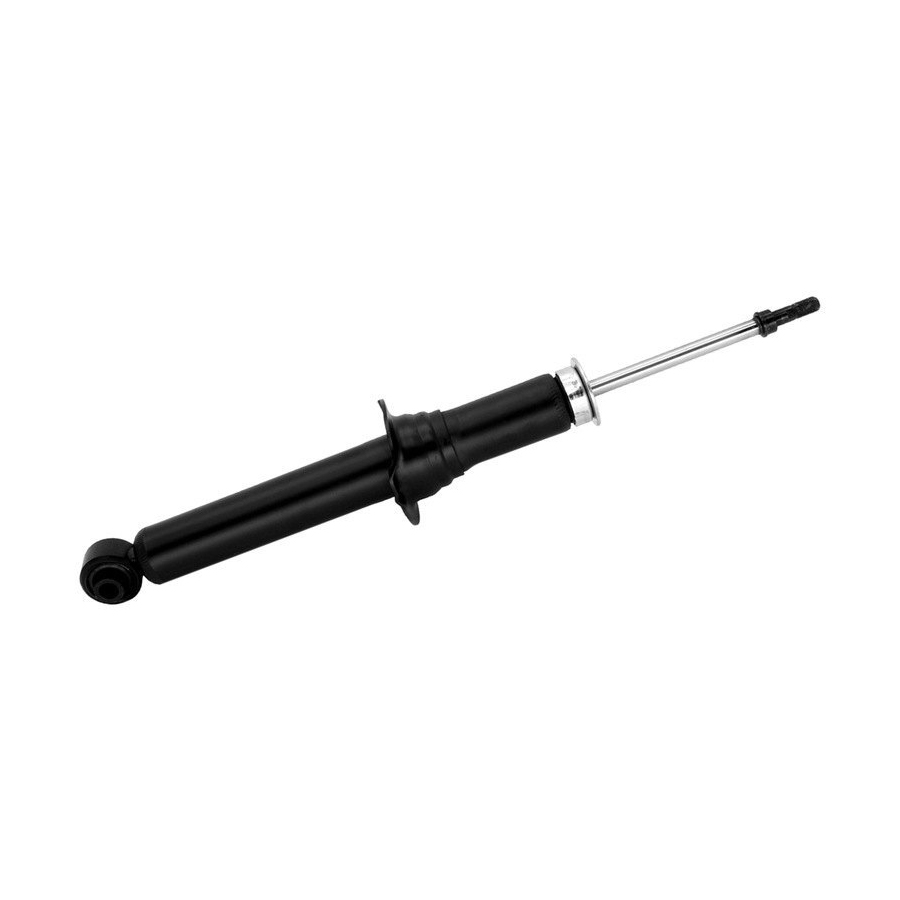
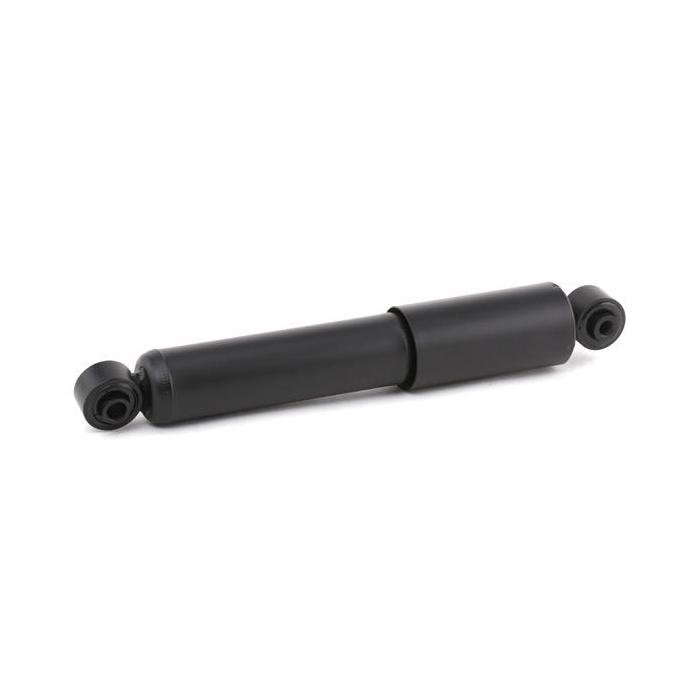
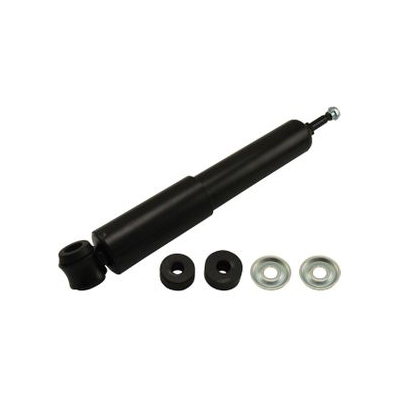
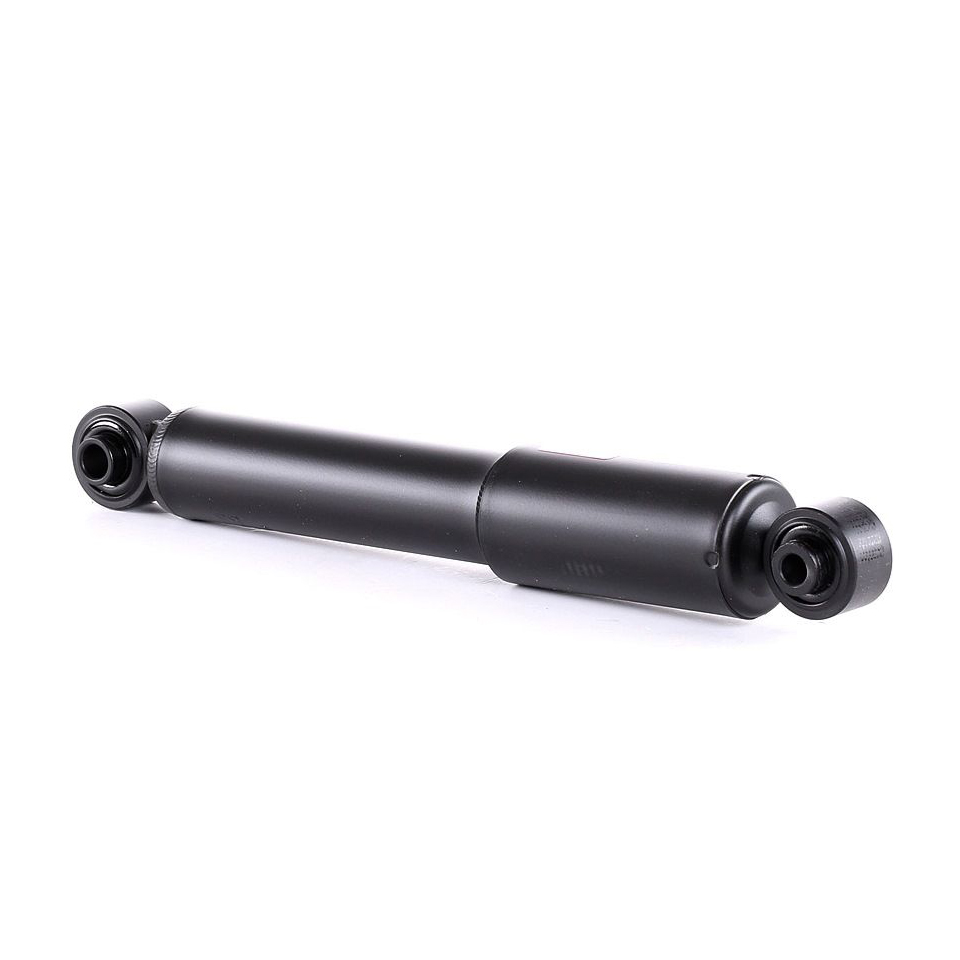
 +86-13757453333
+86-13757453333  +86-572-8355557
+86-572-8355557  Caroline@gerep.cn
Caroline@gerep.cn  No. 36, South Zhenxing Rd., Zhongguan Town, Deqing County, Huzhou, Zhejiang, China
No. 36, South Zhenxing Rd., Zhongguan Town, Deqing County, Huzhou, Zhejiang, China 